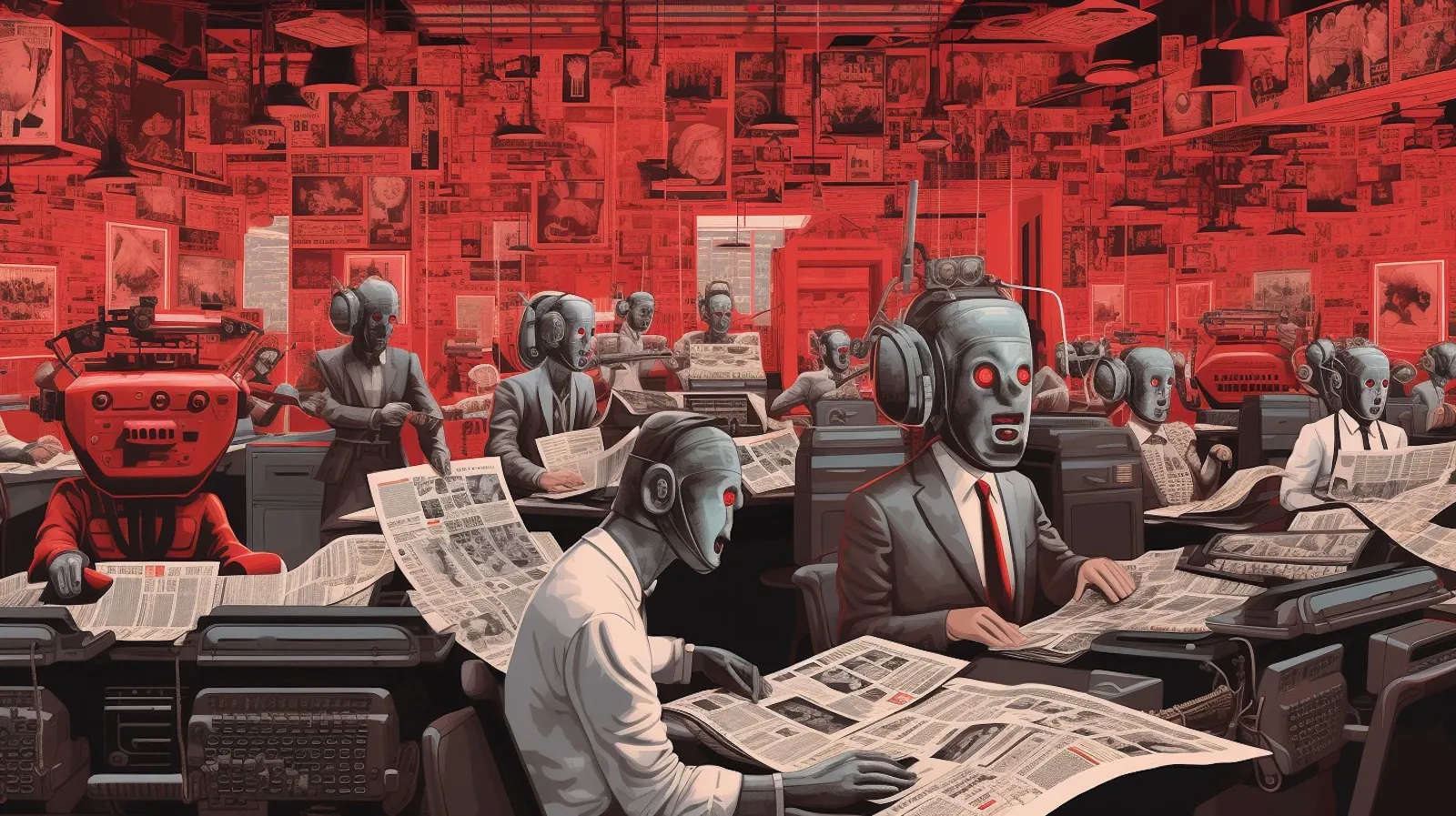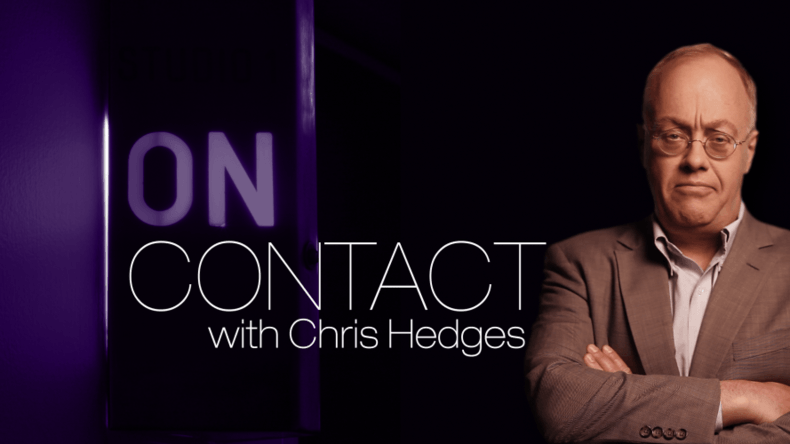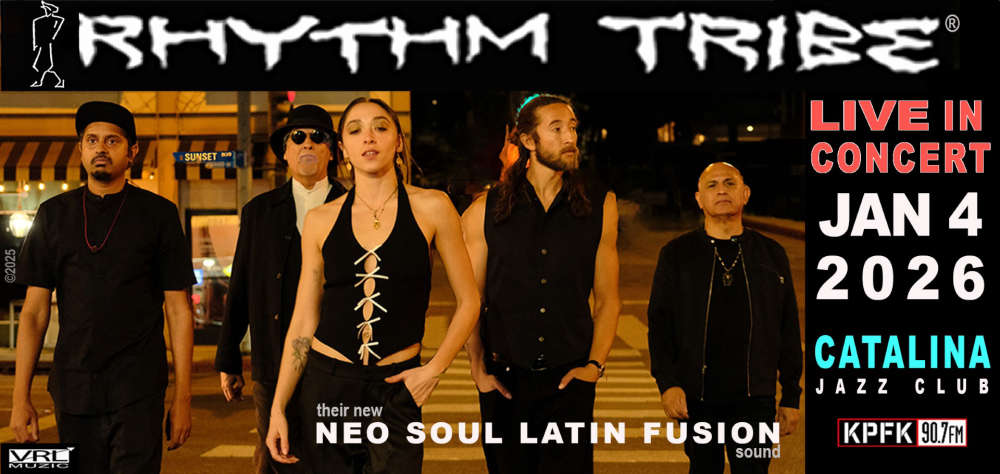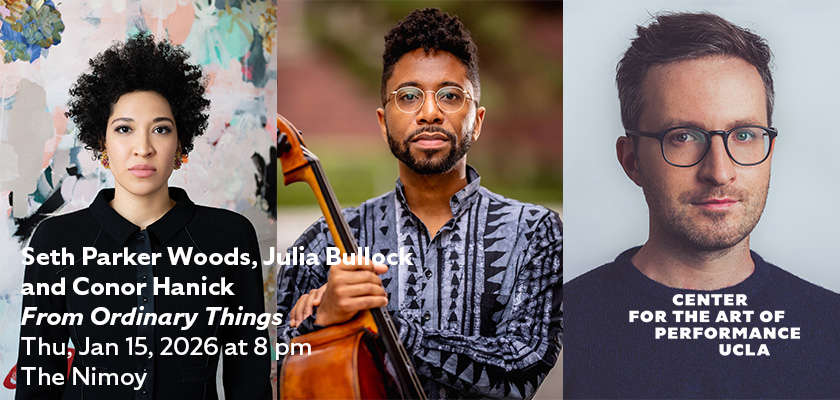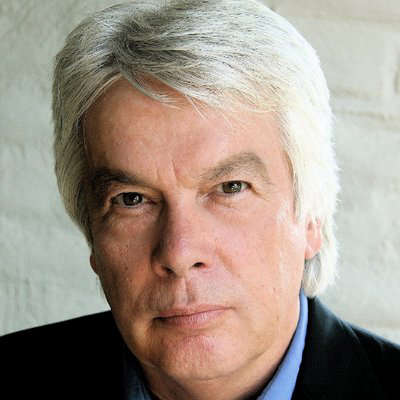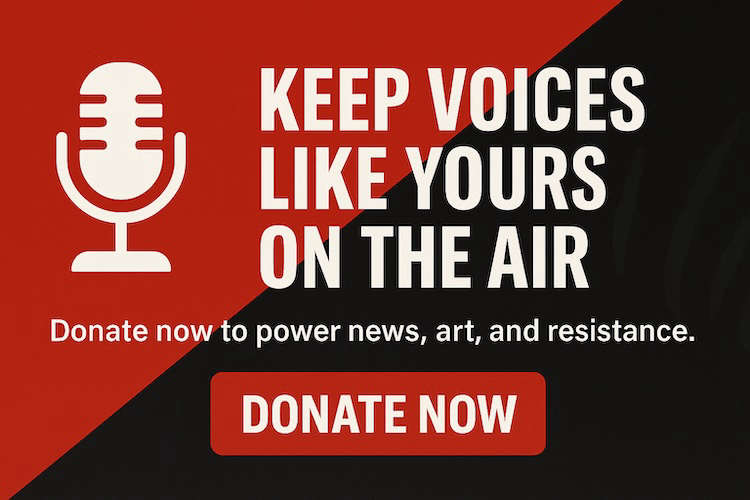Opinion / Editorial
Replacing hand-drawn comics with AI art didn’t just change how our paper looked — it undermined what makes journalism worth doing.
By Noah Velez
Contributor, KPFK
Short deadlines, boring headlines, and last minute updates, I thought would be my greatest challenges as a beginner editor-in-chief. While I was focused on editorial hygiene and getting the basics right, the epidemic of A.I. content started spreading through my newsroom.
My vision for the publication was always rooted in integrity and everything I had learned in my journalism program. I wanted to highlight student life, cover local news stories, and showcase meaningful art, not argue with my staff over whether artificial intelligence should be used to create content. It was even more surprising when my opinion was brushed aside and hand-drawn comics were phased out in favor of AI-generated work dominating the comic section. It felt like an illness had crept in, one I could only really describe as laziness. When my first issue was printed, I was disappointed with the so-called “art” that ran. My opinion-editorial editor had made an entire comic strip with ChatGPT without my approval. The artwork was bloated and disproportionate, everything seemed to be some strange hue of yellow, and the punchlines, I assume, were also generated. The writing might have been aiming for humor, but the strip lacked nuance and just landed flat.
As the new editor-in-chief, I started to question myself, wondering if maybe I was resisting change because of some personal prejudice rather than a real problem with the work. I wanted to understand why my staff felt so strongly about using AI, so I spoke privately with my professor. They told me AI images were part of the industry’s future, echoing what Sam Altman, CEO of OpenAI, has said about generative AI’s potential to “revolutionize nearly every industry.” My professor said we needed to learn how to master these tools because they would eventually become the standard. I disagreed then, and I still do.
During my time as editor, burnout came up often when we talked about the comic section. We had one person responsible for the whole thing. They had a week to develop a joke, draw it, pitch it, and then revise it. It was a lot for one person, so I can understand why some editors looked at ChatGPT and thought it was a shortcut to better time management. Why spend a week on a comic when a program can spit one out in a few minutes? But what makes the work of a real person better than whatever modern technology can produce?
I’ll tell you why: computers aren’t funny, and they don’t have hands to draw.
The problem isn’t just that AI art looks bad. It’s about integrity. A publication that values its readers doesn’t cut corners just to get something done faster. Journalism is built on good sourcing, and that applies to images too. Getting images from a generative algorithm isn’t sourcing. It’s just skipping steps and calling it work.
People often say that because we live in the internet era, the standard for quality has been lowered, but I think the opposite is true. We’re surrounded by fake content now, and people want what’s real. They want quality journalism that understands nuance, writing that offers a unique perspective, and comics that are actually funny while making complex issues easier to understand. That’s why legacy publications like The New Yorker still publish hand-drawn comics — because readers love them enough to keep paying for them.
The human brain runs on about 20 watts of electricity. A computer trying to imitate that uses billions, and still, the result is worse. A program will never match the creativity and odd humor of a person who’s just trying to make something real. The cure for the A.I. epidemic isn’t a faster machine. It’s giving people the time, trust, and space to make work that’s worth printing in the first place.
